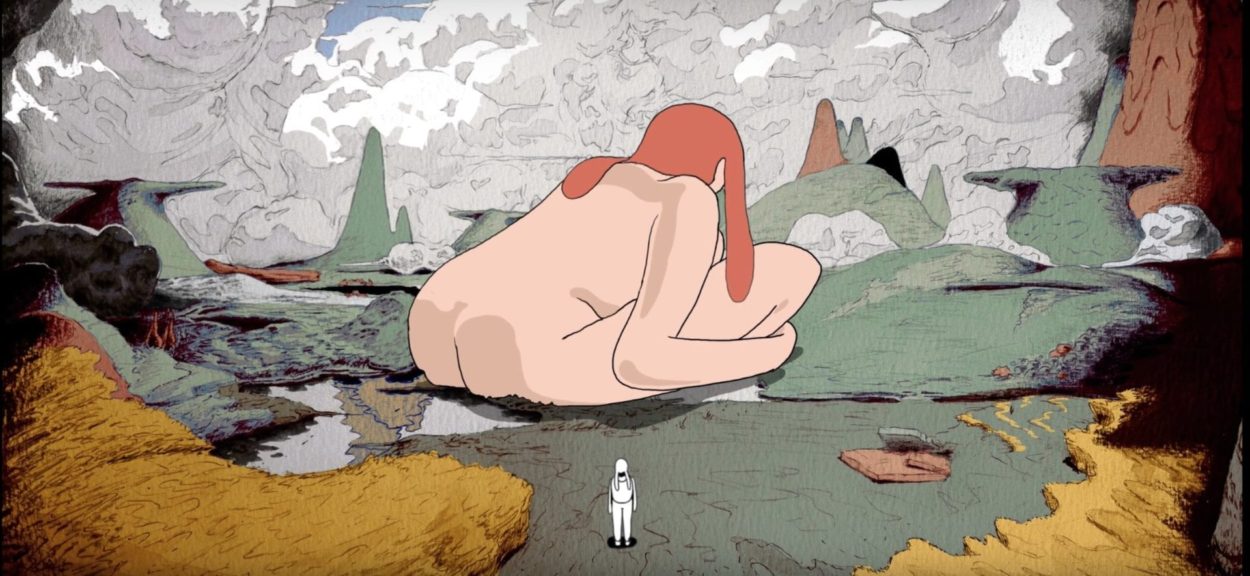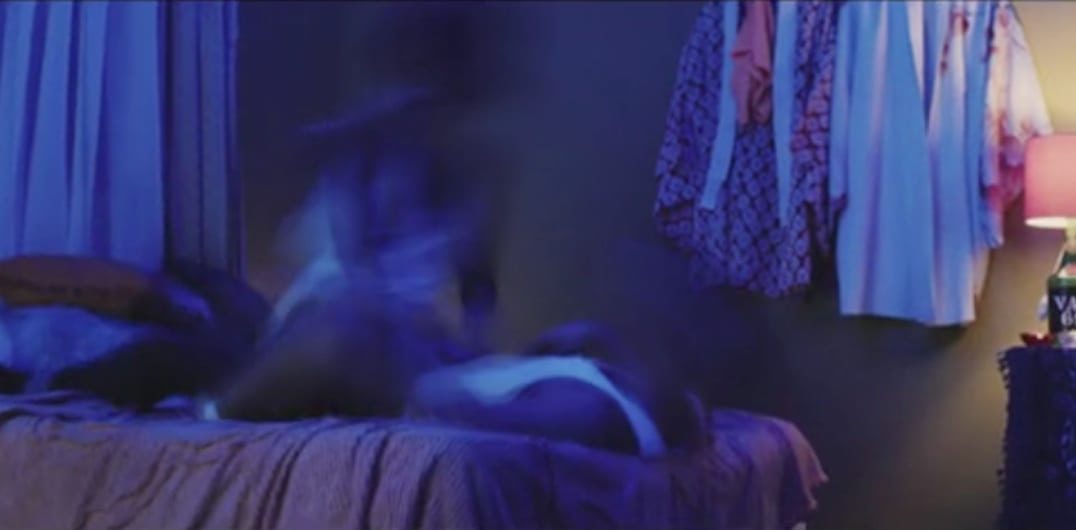Please give us the low-down on how the narrative evolved?
The story came from tangents of several personal projects I have been developing about cultural duality as a British Born Chinese man. With W2M, I wanted to explore a duality in a more intimate setting, in the same country, as opposed to two different cultures and countries. Specially and East Asian city.
For me, it was always going to be China or Hong Kong as I can relate to that more than other places. It also seemed particularly relevant to the youth in Shanghai and the pull of the new city from the old towns. Above all, Chinese culture is one that beautifully balances the spiritual with the pragmatic, traditional with modernism – it was the perfect world to set a story about the push and pull of these opposing forces.
W2M is a story about a young girl who may have come from a more rural town, like most of the youth, became seduced and infatuated with the relentless modernism of a new city and all that it offered, always forward facing, never looking back. She falls in love in the process and together with her partner, they embody the same philosophy of destructive youth.
But over time, the honeymoon period wears off and the lifestyle takes its toll on the young woman. A tiredness and sickness of the monotony of chasing the vacuous creeps in. Her relationship crumbles as her partner falls for another person within the friendship group. The call of the spirits from her past edge into her life, in the form of chrysanthemum petals – a flower in Chinese that symbolises purity. Initially denying the call, she believes the spirits to be malicious, covering her walls and her hands in protective words. But as time goes on, it is revealed that they call her back to her origins in order to help her find a peace in the balance of both worlds she inhabits. A harmony only sustained by not foregoing one half for the other – a classic story of yin and yang.
The final scene is both a literal and a metaphorical ending for the young woman, a state of mind and a physical place. Here she manages to find peace.
And the shoot…
The film was shot in the city of Shanghai and a scene on the notable GOUQI ISLAND, an abandoned fishing village known for becoming completely overrun in foliage during the summer months. The village was left untouched from the 80s. When we returned to it to shoot the final scene for W2M, we presumed we would be the only people in the village – in summer it’s heaving with tourists, but this was winter and the famous green coverage was nowhere to be seen.
However, once we got into the heart of the village, we could hear the sound of Classical Chinese opera playing off a small speaker, echoing through the empty buildings. When we turned the corner, we were met by and old man washing his clothes on the porch of one of the houses. He is the only villager left on the island and he chose to remain to live out his years here. Next year he will be moved into a retirement home. The old gardens had been turned into vegetable patches throughout the whole island.
There was a quietness to the village, a spirituality and benevolence that seemed to match the atmosphere that our main character was looking for.
The cast were made up entirely of non actors, real Shanghai youth. Some were real friends, others, acquaintances.















